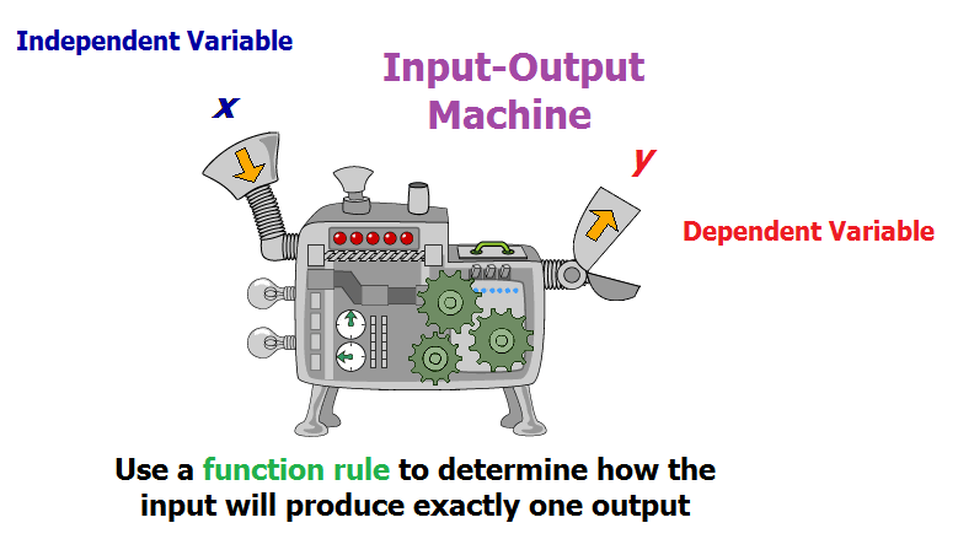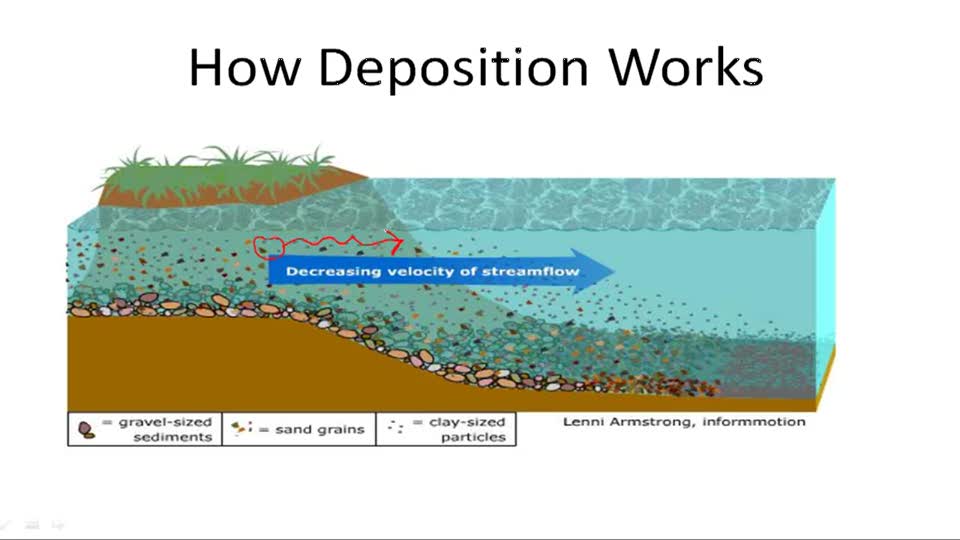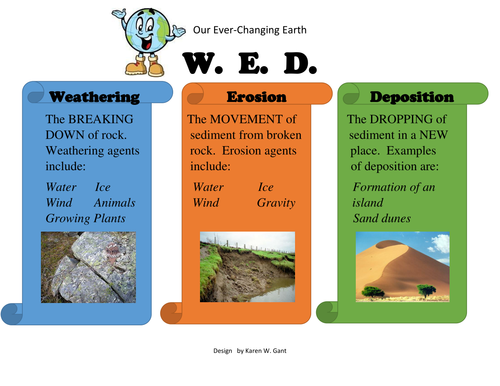
Input and output tables are diagrams used to teach the basic concepts of functions. They are based on the rule of the function. When the table is filled in, it produces the pairs of coordinates that are necessary to construct the graph. The input is the value of x that is applied to the function. The output is the f(x), or the answer that is received as a result of putting x into the function.


Here is a link to a clear explanation with examples.
Input/Output Table Lesson
Here are some games for additional practice:
Function Tables
Function Machine
Stop that Creature Game
Find the Rule
Please let me know if you have any questions!











